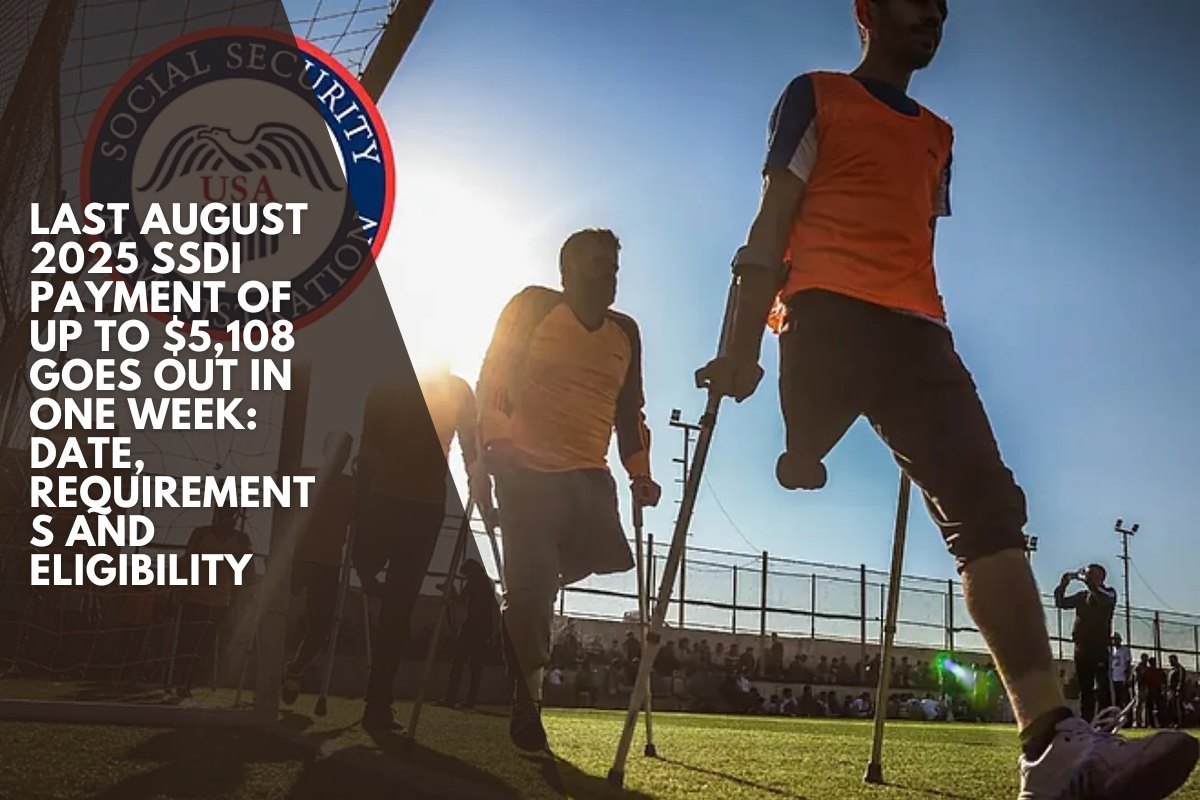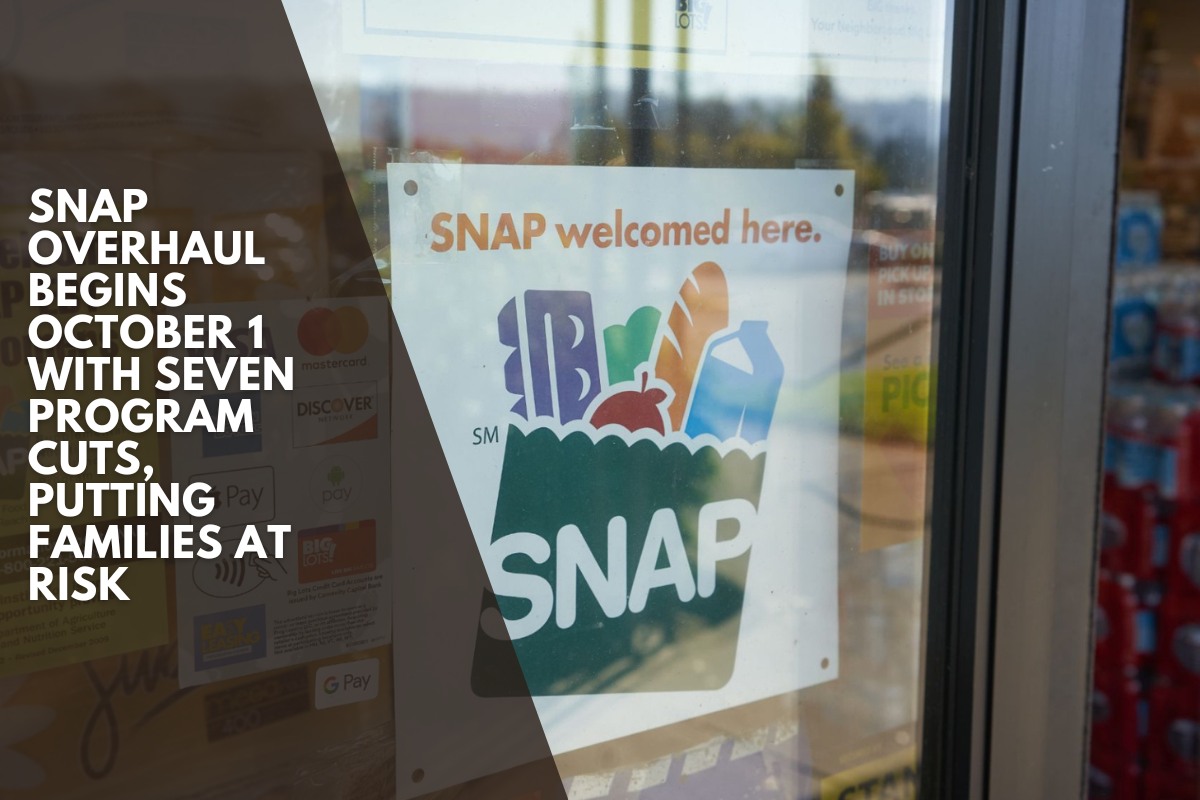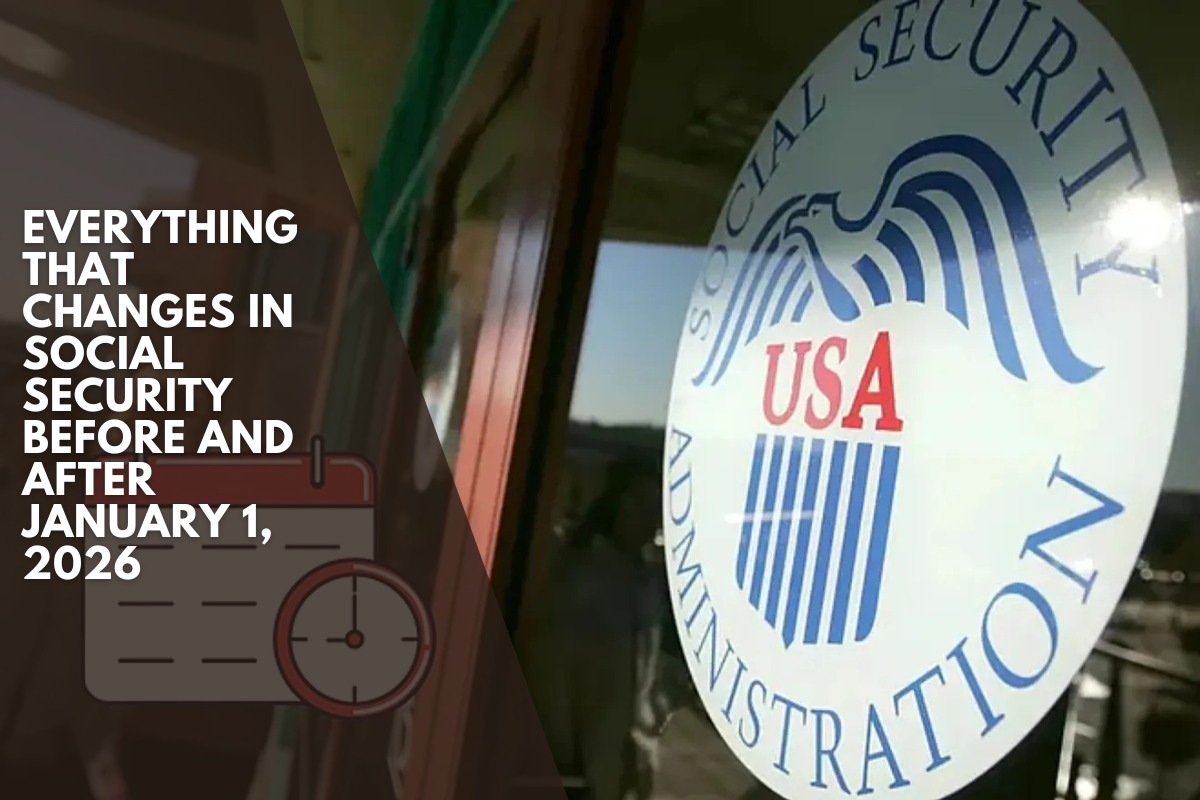According to the Social Security Administration’s (SSA) official calendar, the final payment for the month will be made on Wednesday, August 28.
This payment is intended for Social Security Disability Insurance (SSDI) beneficiaries who were born on the 21st and 31st of any month.
The amount varies depending on the applicant’s work history and previous income, but in 2025, those who qualify for maximum benefits could receive up to $5,108 per month.
Who receives the payment on August 28?
The August 28 payment is intended for SSDI beneficiaries whose birthdays fall between the 21st and 31st. This group is the last to receive their monthly deposit, according to the SSA’s staggered system for distributing funds throughout the month.
What are the requirements to receive SSDI?
To be eligible for SSDI, you must have worked and paid into Social Security for a specified number of years, as well as meet the SSA’s medical criteria for disability. The condition must also prevent you from performing significant work and be expected to last at least one year or cause death.
How much can you receive in 2025?
The average SSDI payment in 2025 is around $1,537 per month, but it can vary greatly depending on the beneficiary’s earnings history. The maximum monthly contribution is $5,108, particularly for those with high incomes and a long history of contributions.
How do you know if you’ll be paid?
Beneficiaries can check the status of their payment via My Social Security on the official website SSA.gov. It is also possible to receive notifications via email or text message if the option is enabled in the personal profile.
Does the 2025 COLA affect these payments?
Yes. The cost-of-living adjustment (COLA) implemented in January 2025 raised monthly SSDI payments. This adjustment is based on inflation and aims to maintain beneficiaries’ purchasing power. The increase has already been reflected in current payments.
Last chance in August
The August 28 payment is the month’s final opportunity for SSDI beneficiaries to receive their deposit. To avoid transfer delays or errors, keep bank information up to date in the SSA system.












